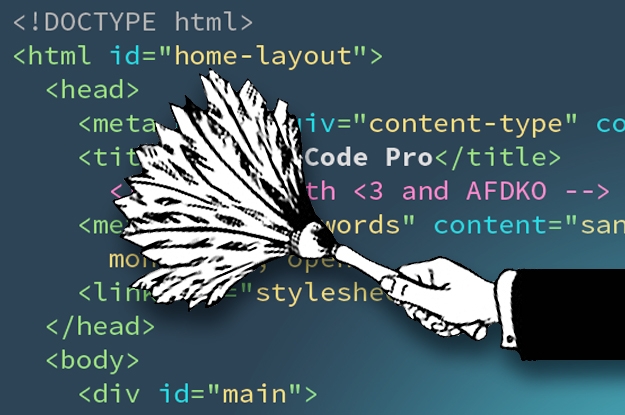There are a few reasons I would say yes, to the question above, but however after speaking to my dad about this I think the opposite is true. Let’s first define what ‘free time’ really is. Free time as described by wikipedia, free time is time spent away from business, work, job hunting, domestic chores, and education. I completely agree with the definition, but I don’t actually believe that having extra ‘free time’ is a positive thing. Other people may disagree, saying things like ‘well I need time to decompress from work or school’.
This is understandable, work hard play hard. Yet, at what point does that free time transcend into a bad thing? How long do you have to spend experiencing abundant free time before ‘decompressing or relaxing’ becomes a crutch. I believe that this is something most people are handicapped by. They live in a world where free time has consumed any ability to be productive. To a certain degree, it is all relative. What is free time to someone working 60 hours a week or 80 hours?
The one thing we do know is after enough time, you can get used to anything. For the person working 60 hours a week, who may never have a full day off he would probably saying something along the lines of, ‘I’m busy, but I do have free time.’ At least I would, currently I’m going to school full time (taking three programming classes), working part time (around 15 hours F-Sun), and spending 40/hr week at a coding bootcamp M-F. My schedule is pretty intense, but if you break down how much time I spend commuting as well it’s around 2 hours everyday (14 hours of commuting per week).
My schedule is crazy and I’ve been doing it for the past 2 months. Here are why my views on this lean more towards free time being a bad thing. Prior to all of this, before January 2017, I was struggling to pass my community college courses, when I wasn’t working, and when I had the entire week for homework. Why? Free time, with the idea that I had all the time in the world, I stayed idle, only finishing homework or projects right before they were due. My week was filled with 40 hours of video games.
Thanks, to this radical schedule I have been able to completely reshape who I am. In my past semester of community college, I made 2 A’s and I haven’t been fired from my part time job for not showing up do to being tired. I’ve been on top of all of the bootcamp work and I have noticed, I don’t want to play video games I just want to fill any remaining time with being productive.
Therefore, I think it’s a fair assessment to assert that ‘free time’ is the enemy in excess. Staying busy and having to push myself daily has made me a stronger person and I feel like I now have a productivity superpower.



